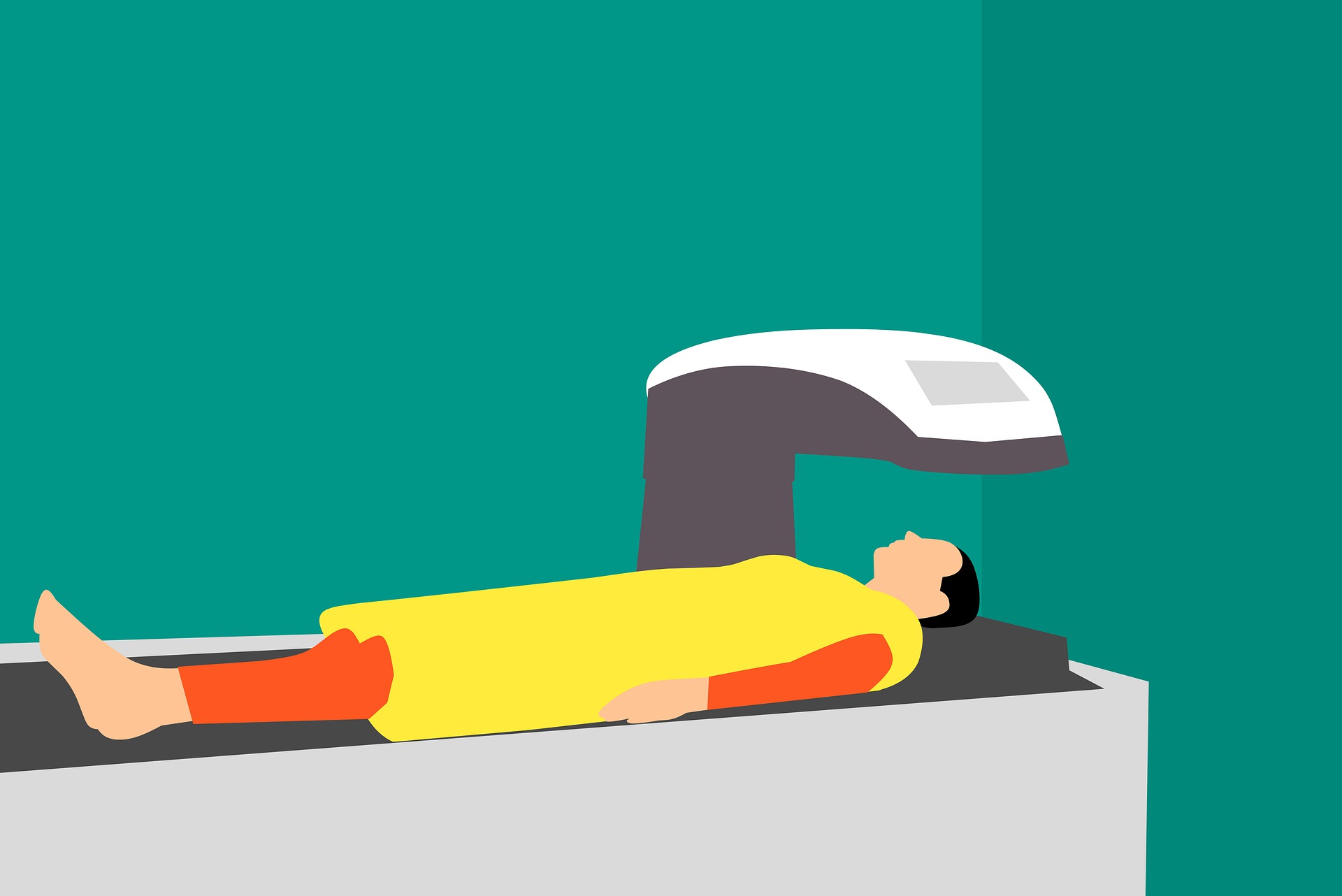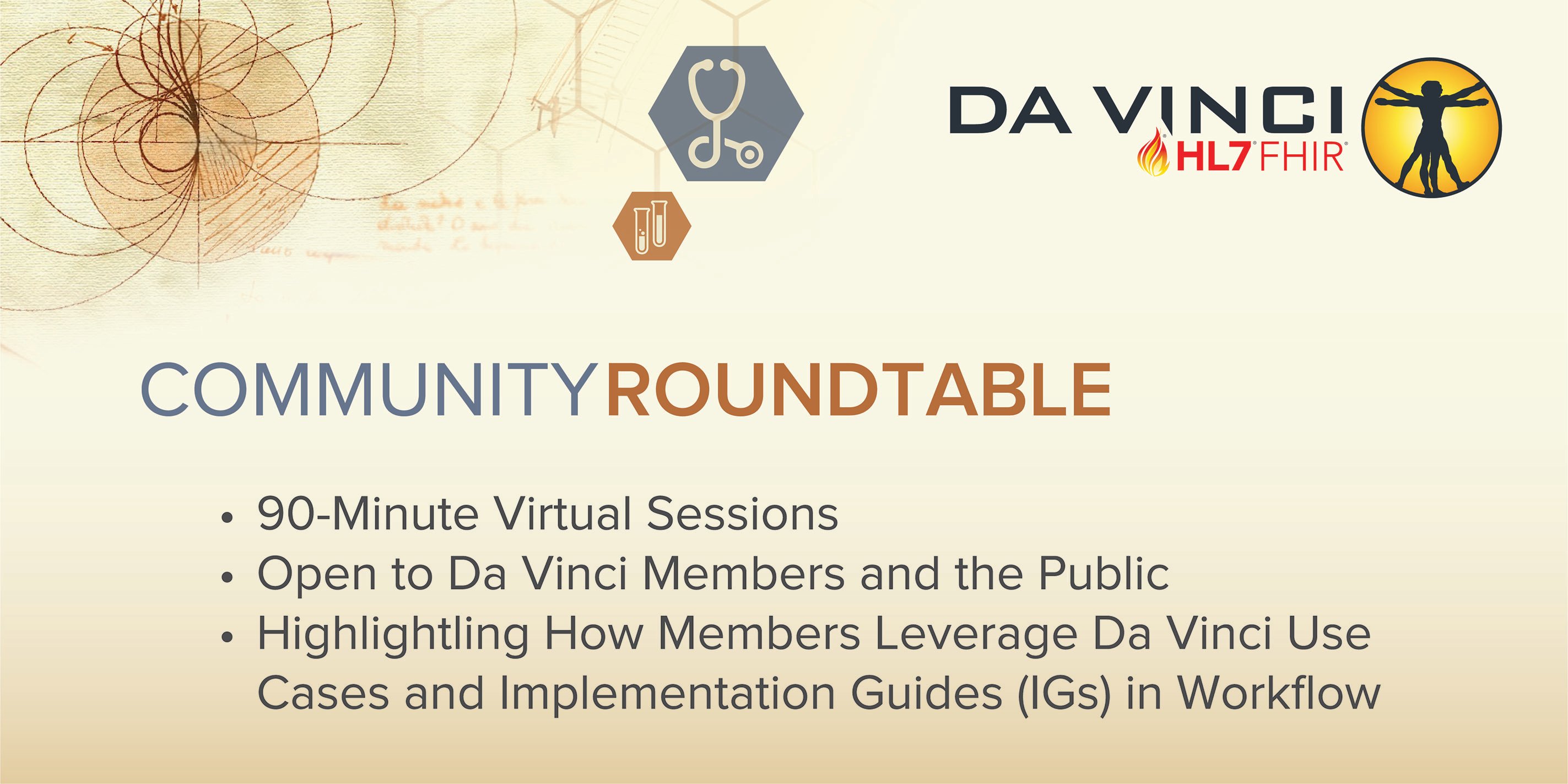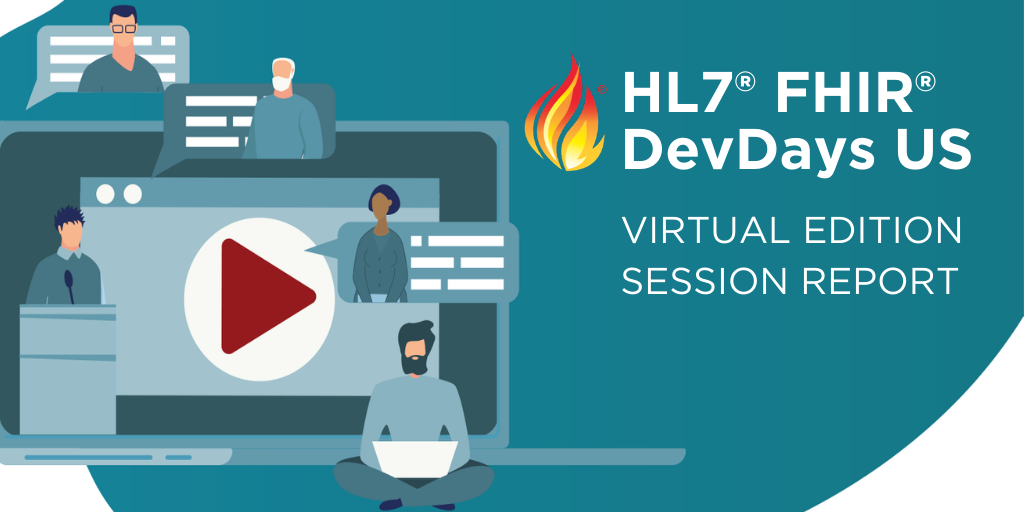Doing Less, but Better
For many of us, this desperate pandemic year has led to plenty of introspection. This has also been true for the HL7 Board, which has been contemplating the future of the HL7 organization after emerging from the current crisis. Among a set of core principles adopted by the Board are agility and focus. To be agile, we need to simplify and refine the organization and core processes as well as provide support with continued improvements to our tooling. This also requires getting our global community to better understand and use the processes more consistently and effectively, so we can better focus on our core work of developing and implementing interoperability standards. This a perfect segue back toward my long-held core belief in essentialism.
Back to Basics
I first espoused the concept of essentialism to an enthusiastic Board and Technical Steering Committee back in 2016. While we’ve only made small incremental progress in the four years since, it has been guiding our process improvement and tooling initiatives. Essentialism was a driving force behind our adoption of Confluence and JIRA as well as efforts to simplify our product portfolio. Of course, we operate in a complex field, and there were many confounding forces acting at the same time. The HL7 community is more adept at introducing new processes, tools and content than at retiring or eliminating the old stuff. Thus, our commitment to essentialism faded over time, tempered by inertia and continuing demands, not the least of which has been the black swan events of 2020.
Perhaps it’s time to once again review the key elements of essentialism and discuss how it fits with our ongoing tooling strategy and plans.







